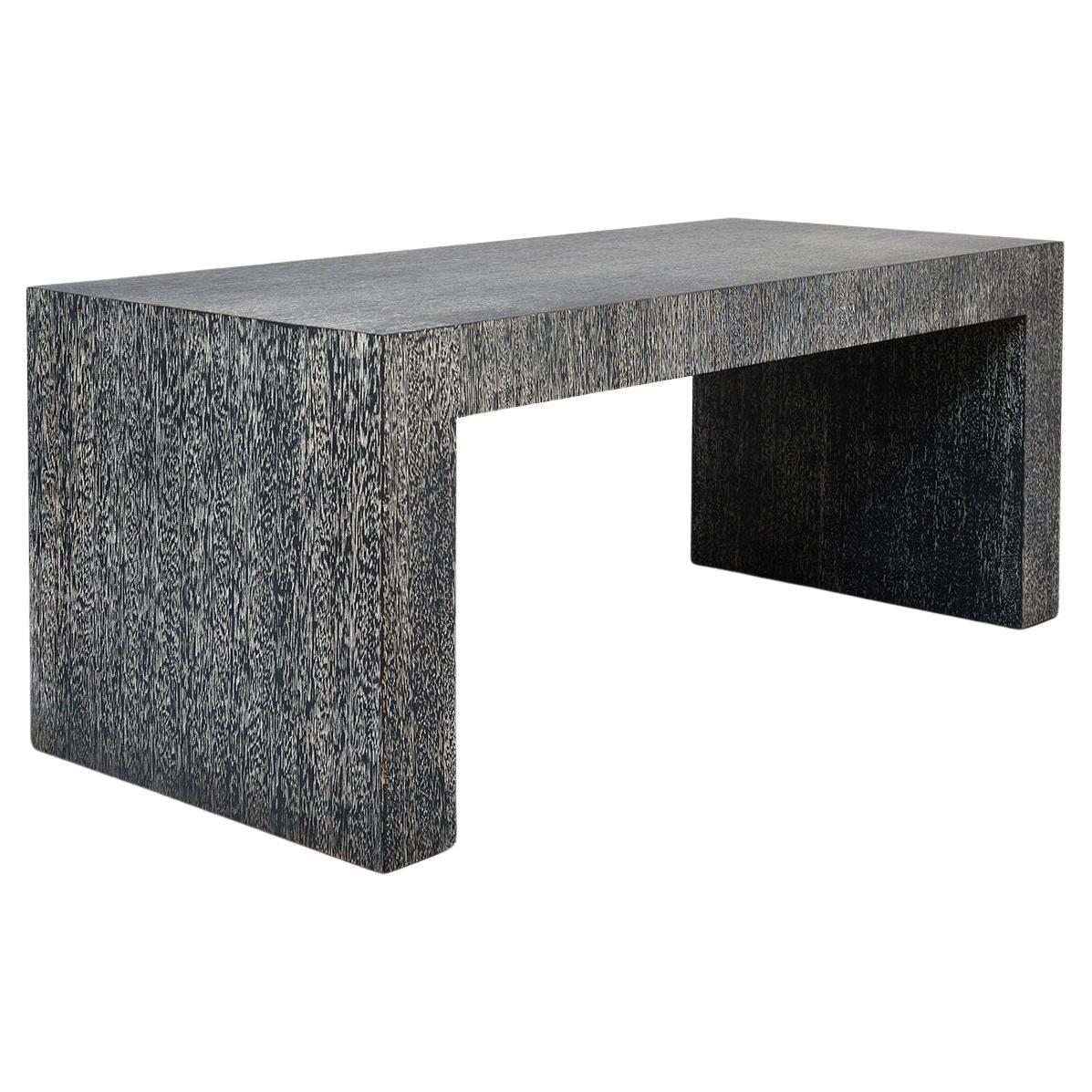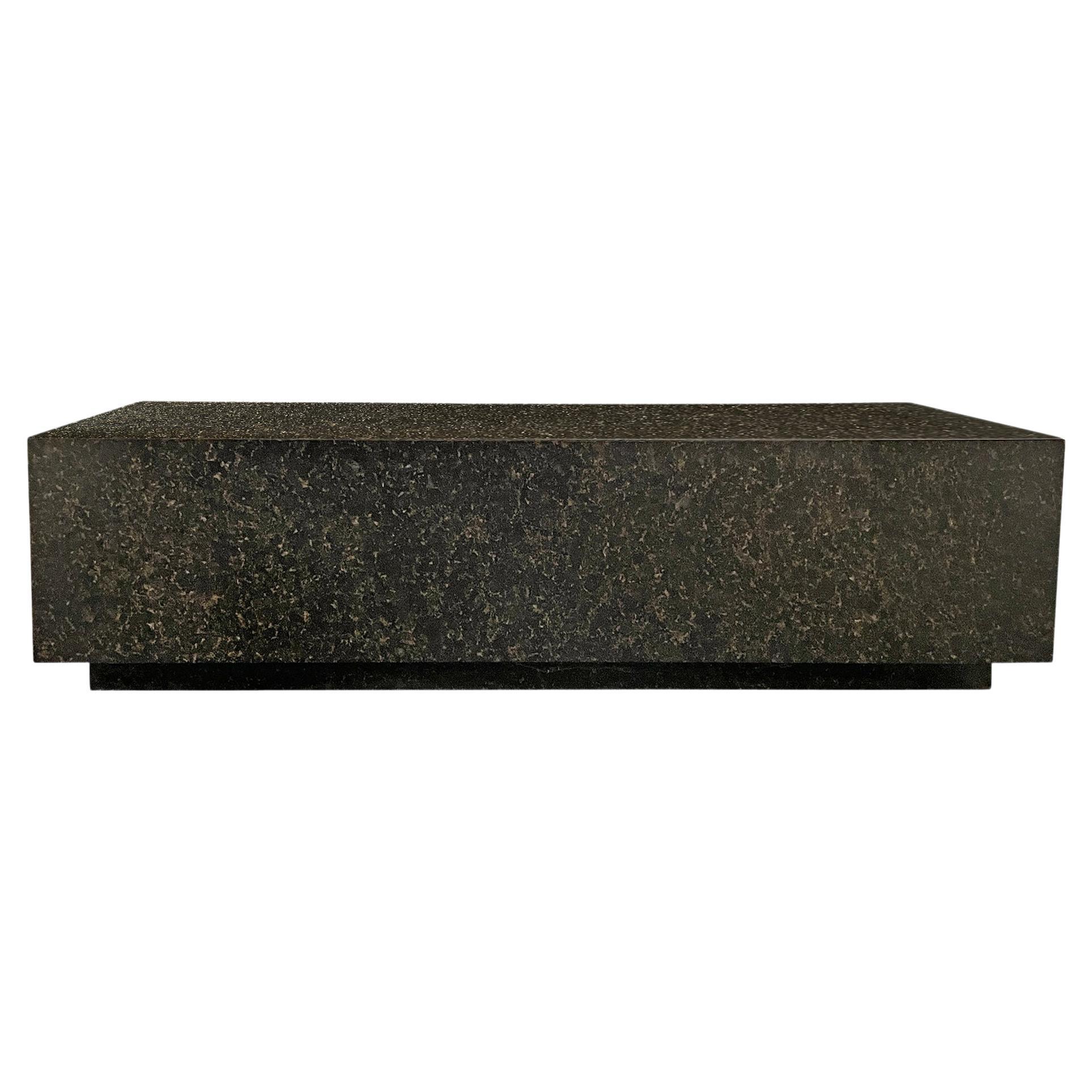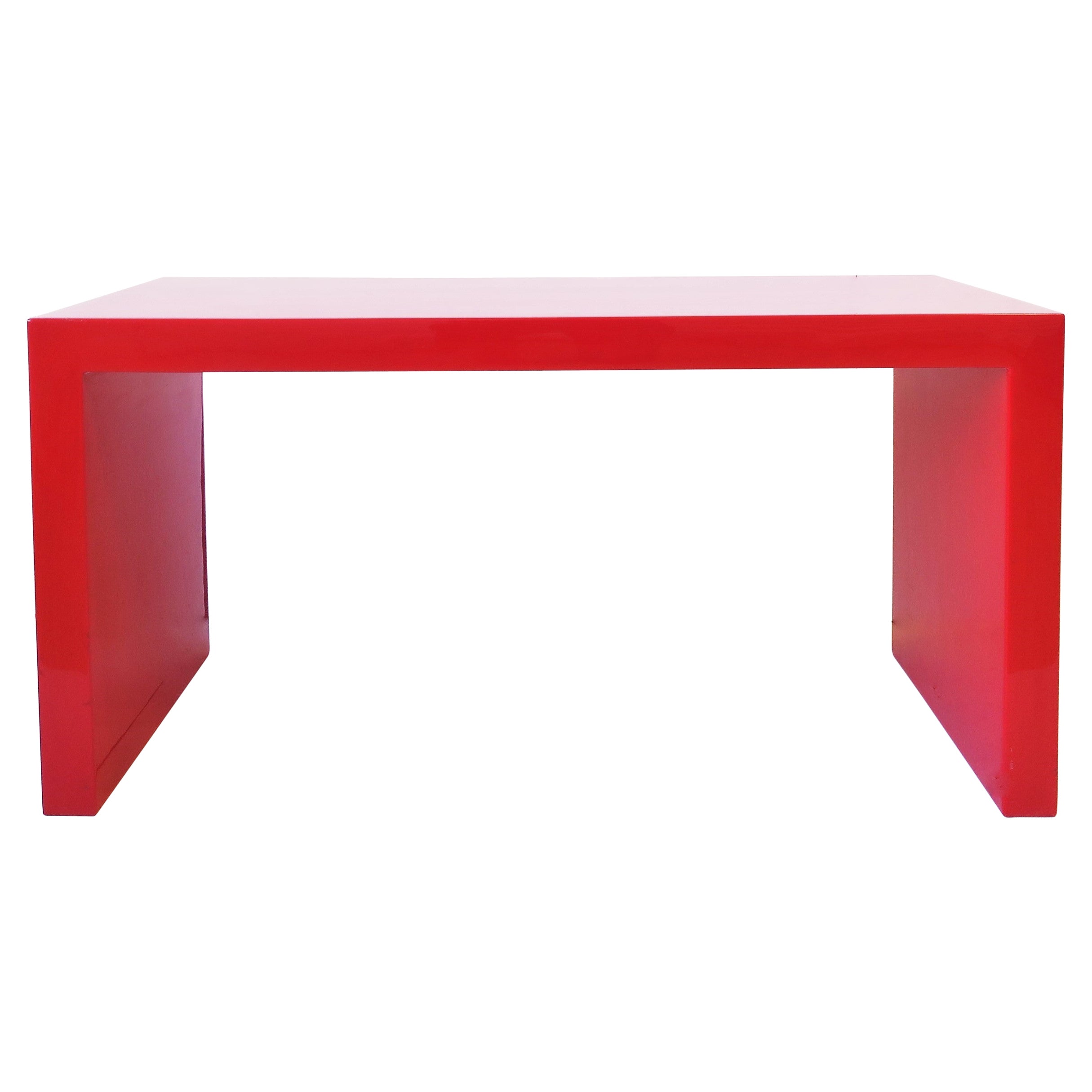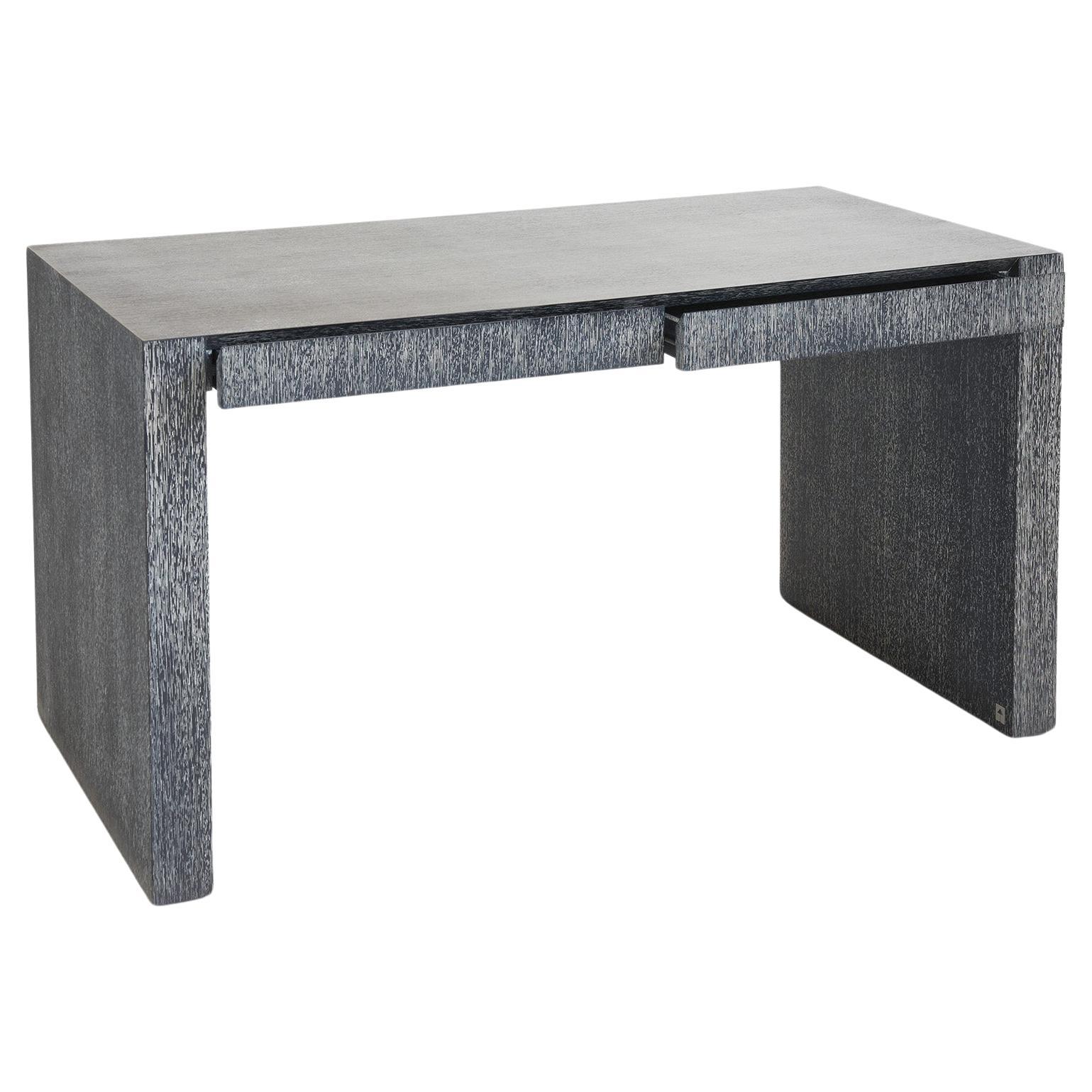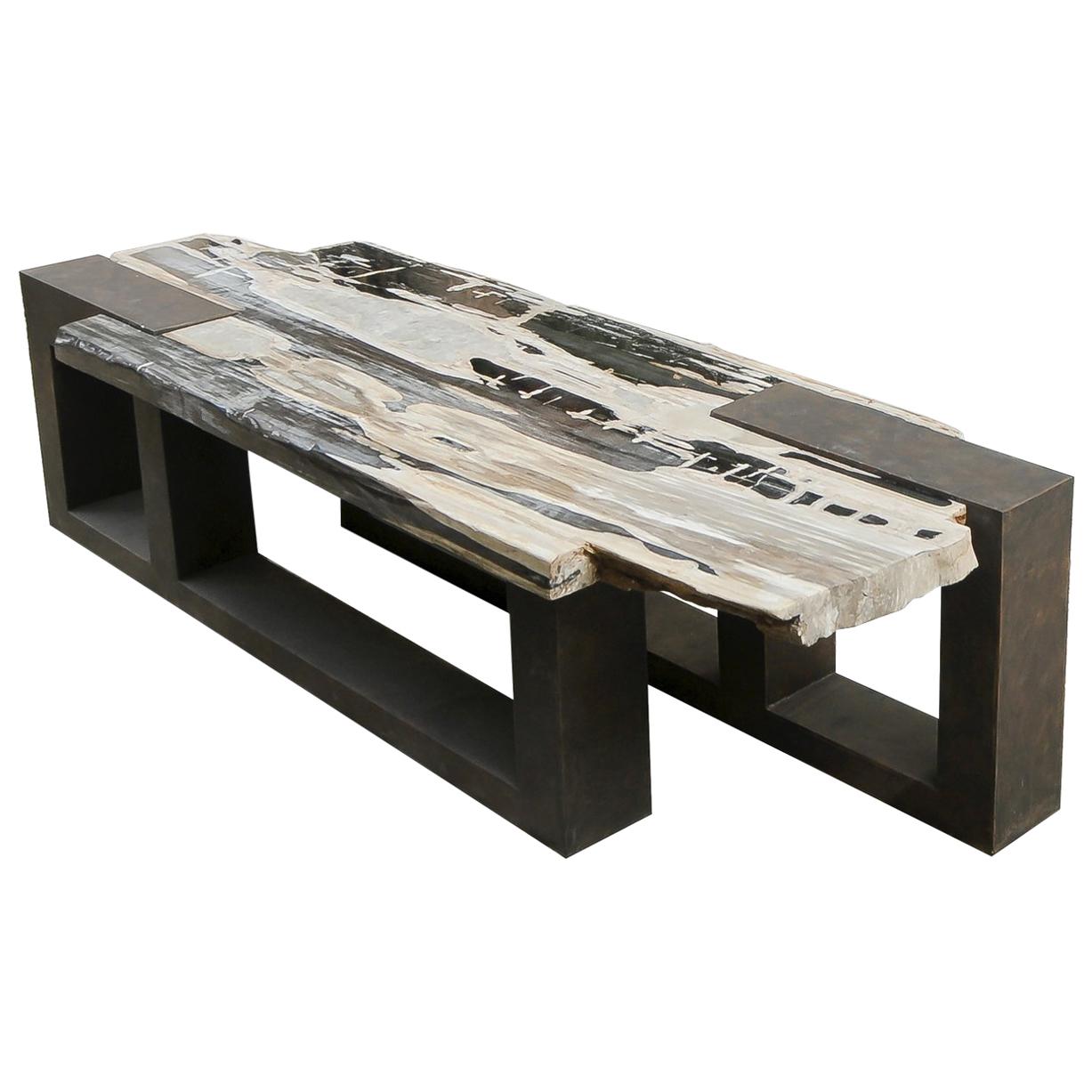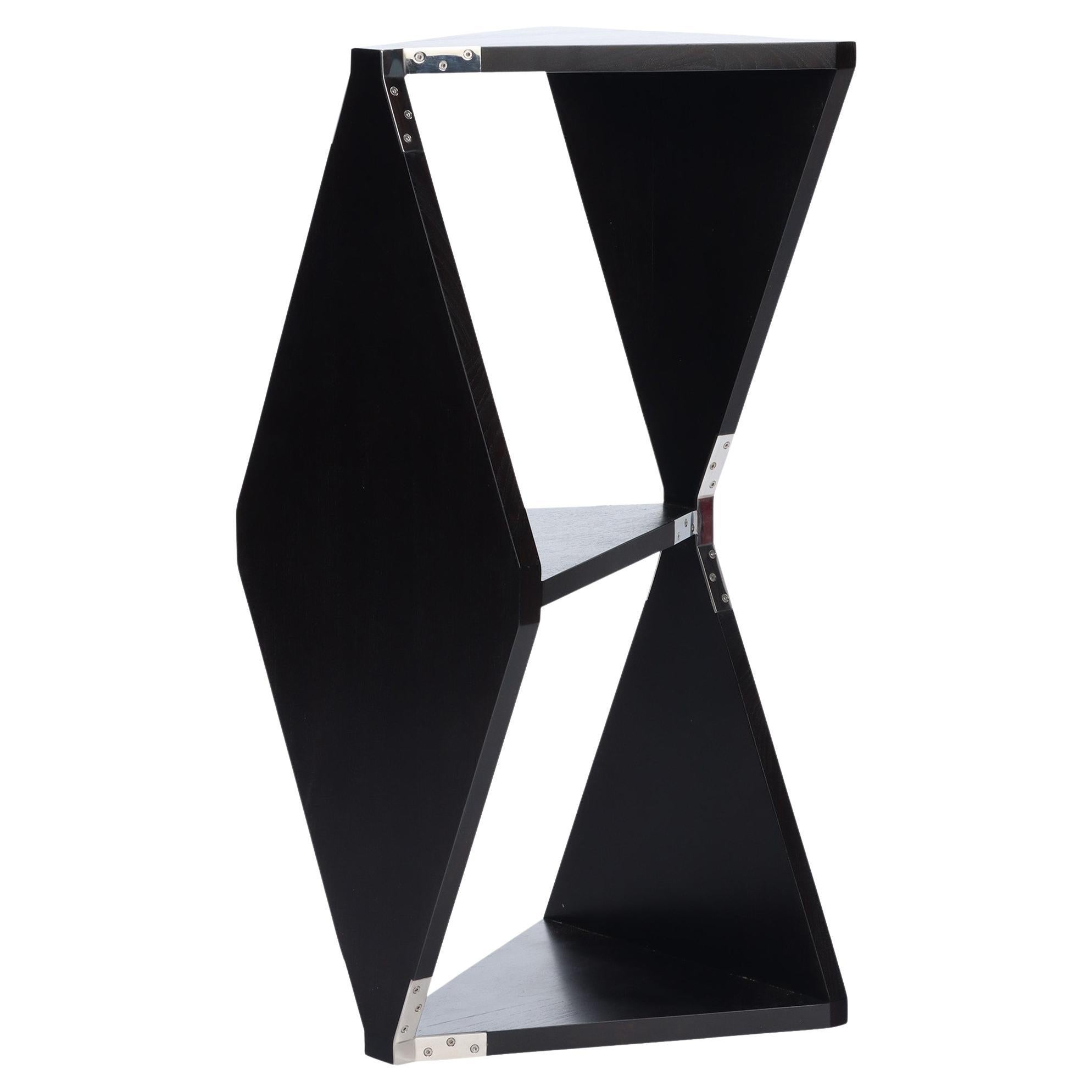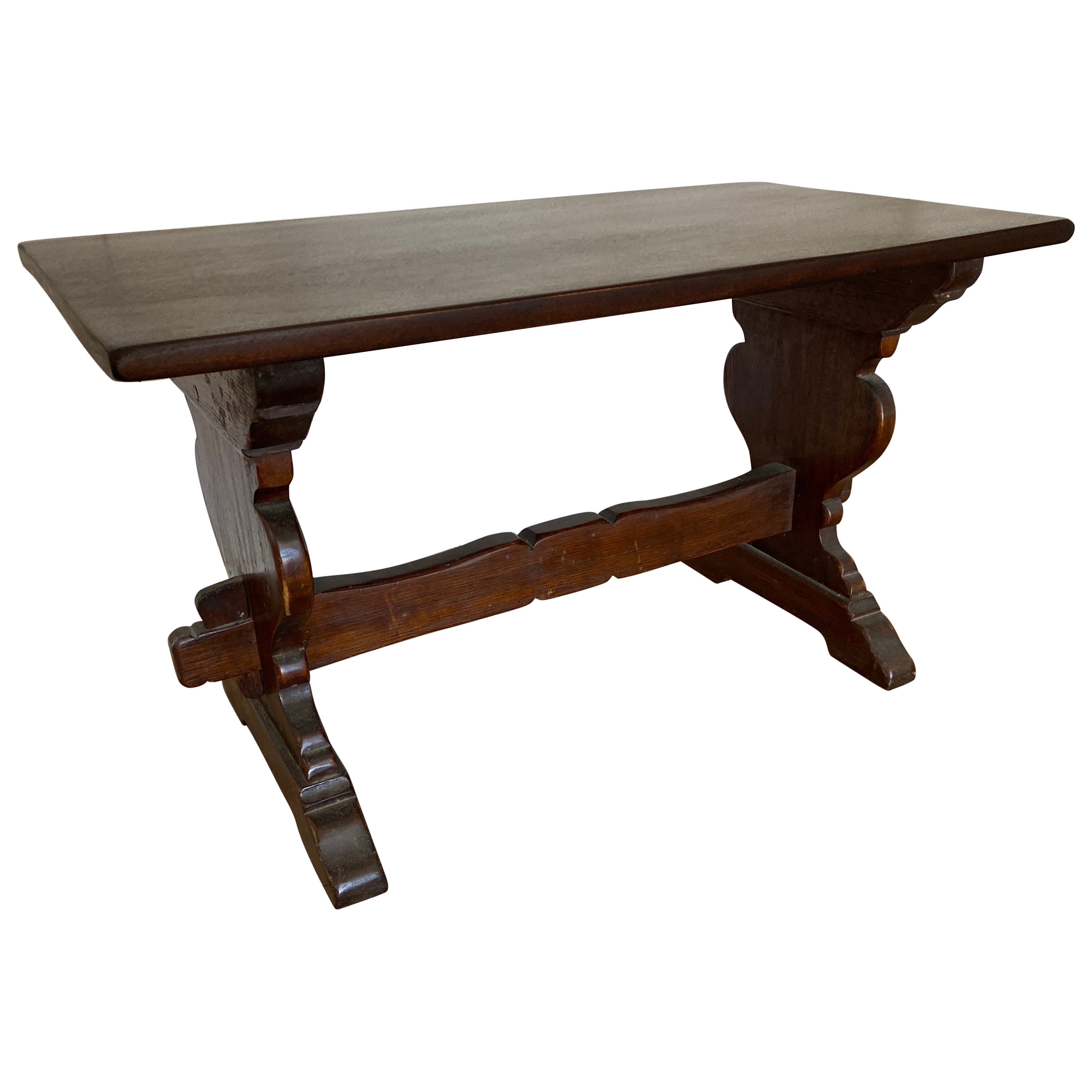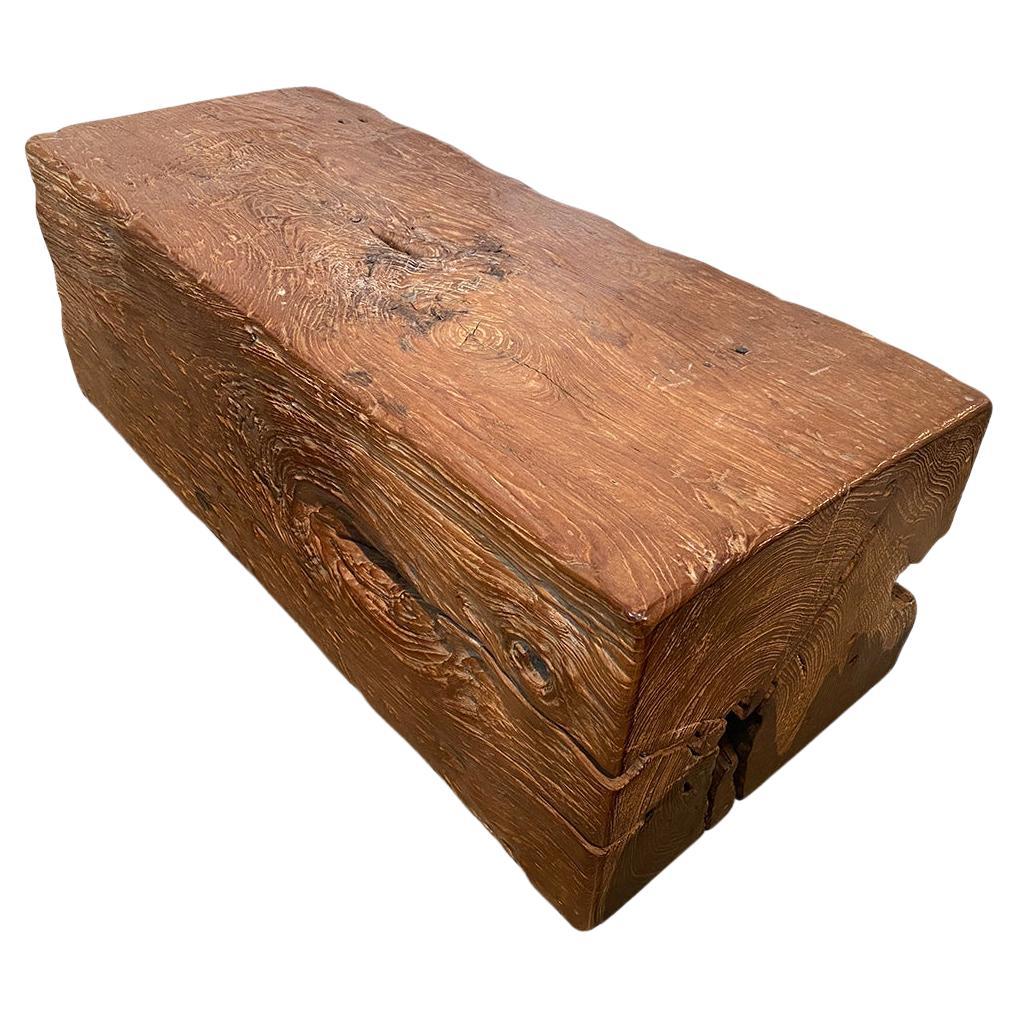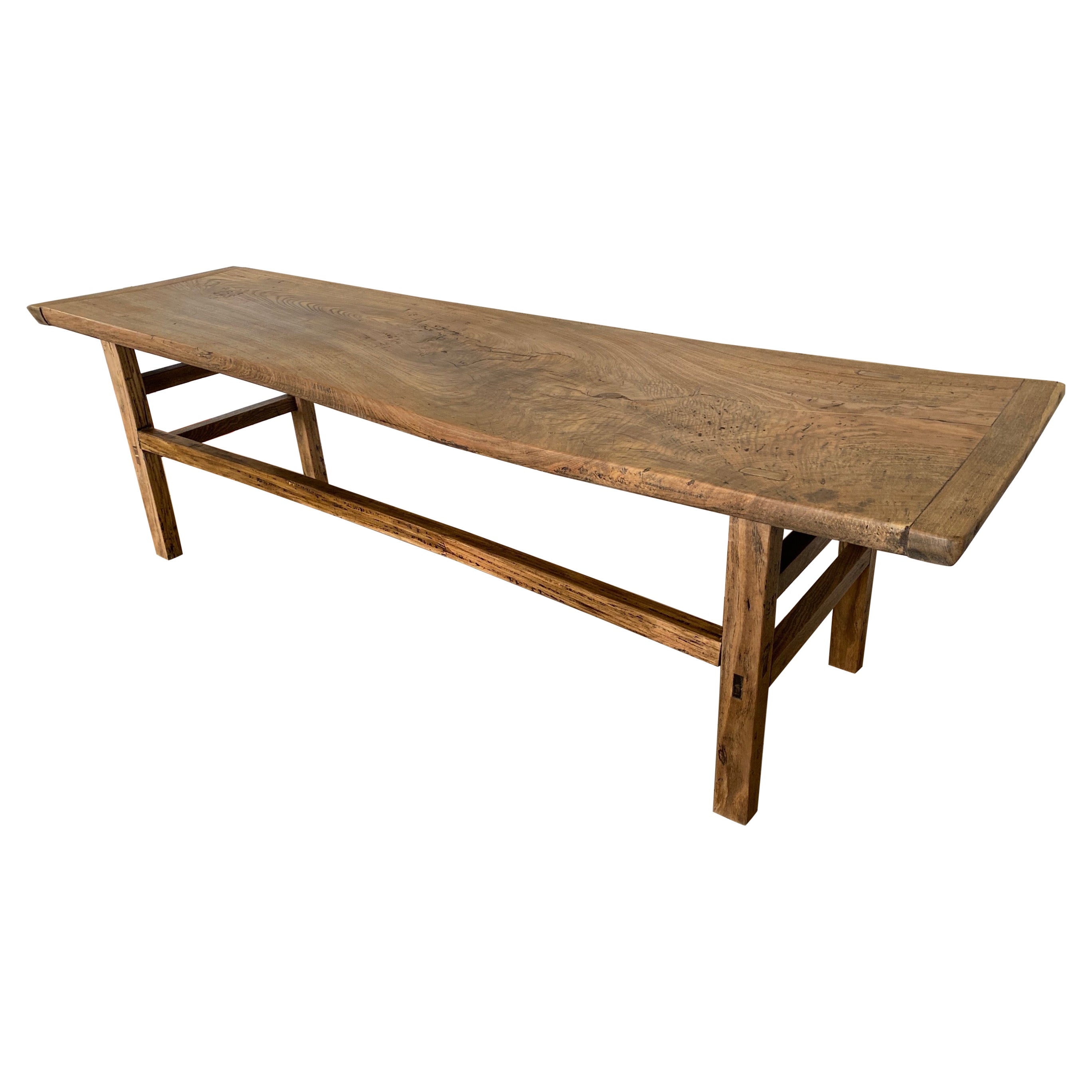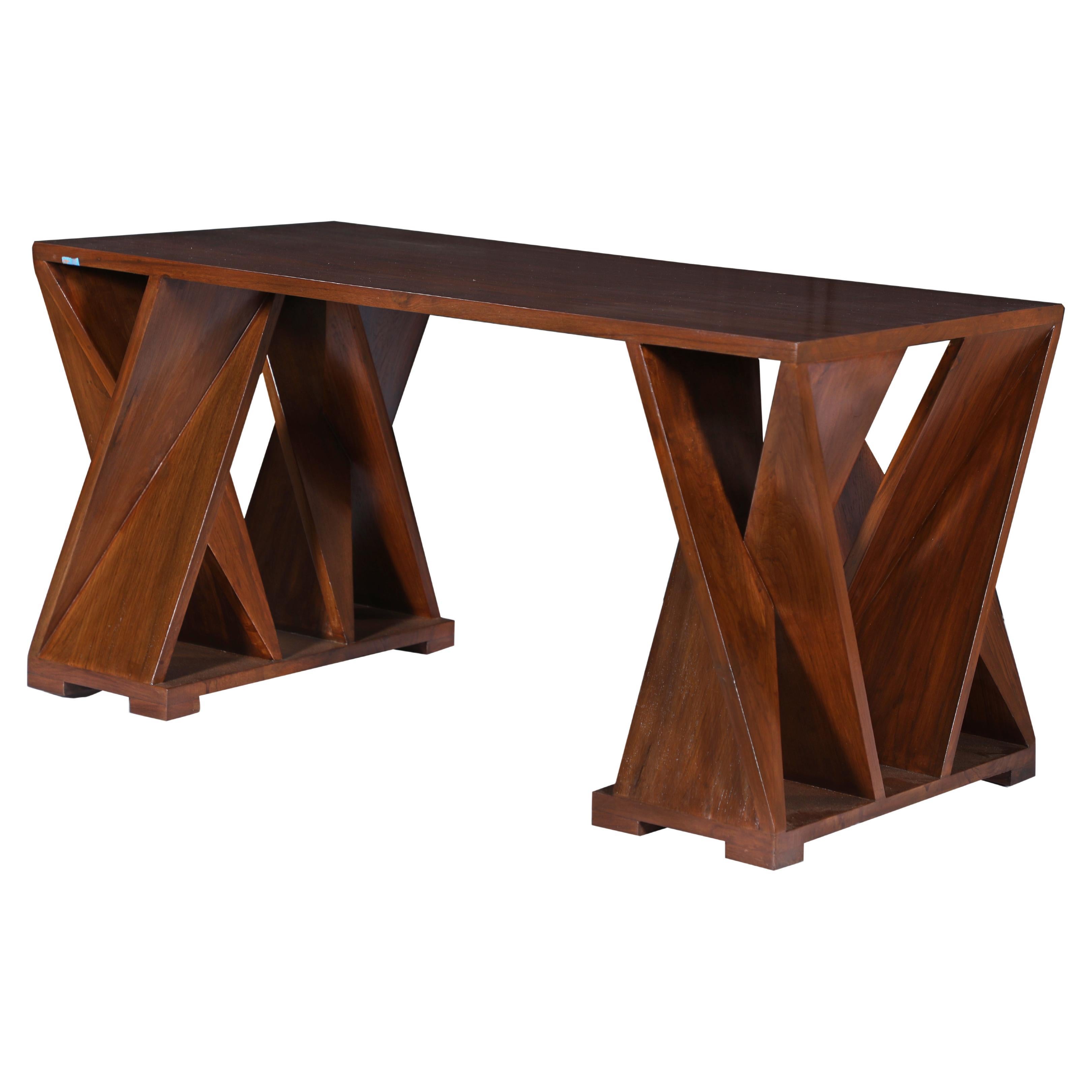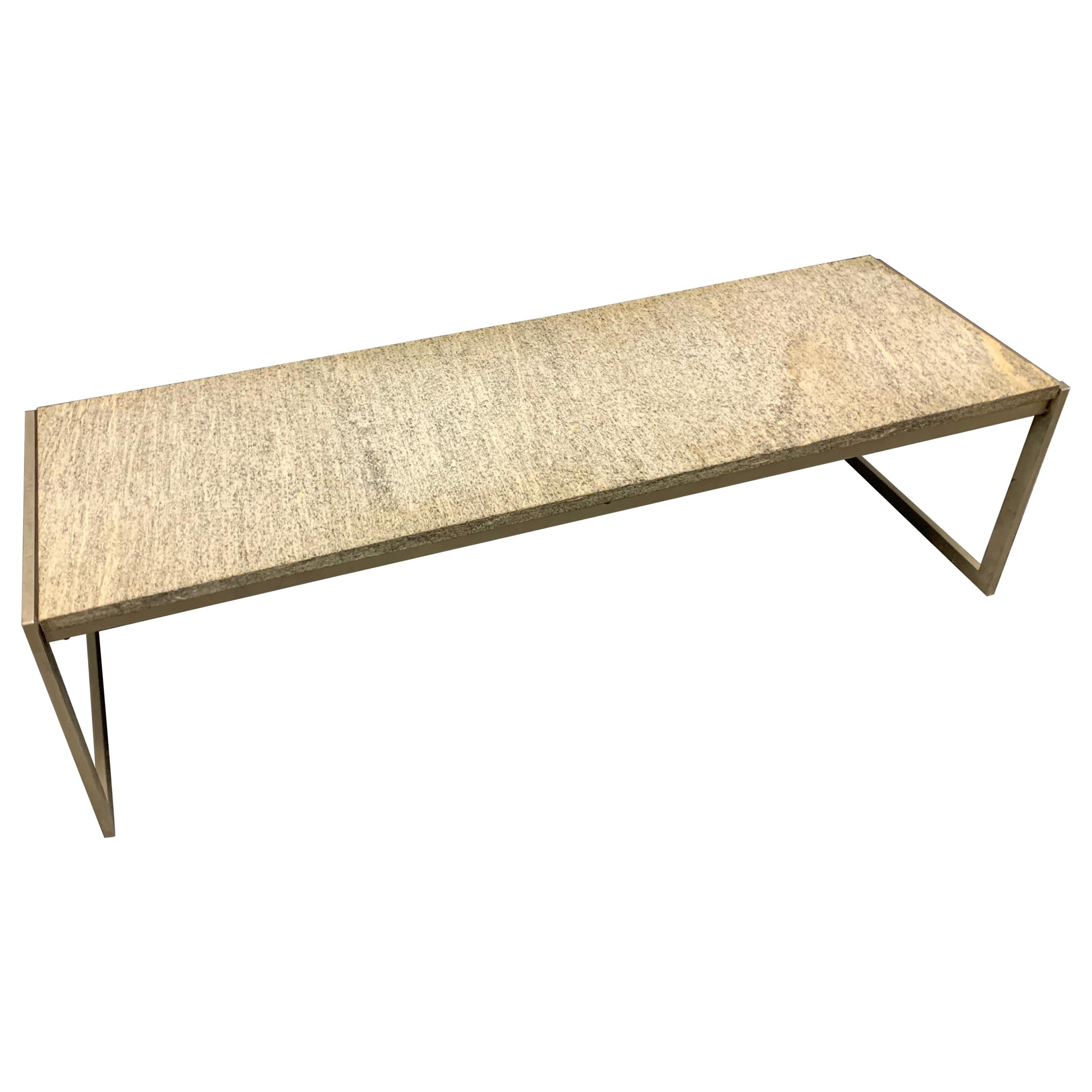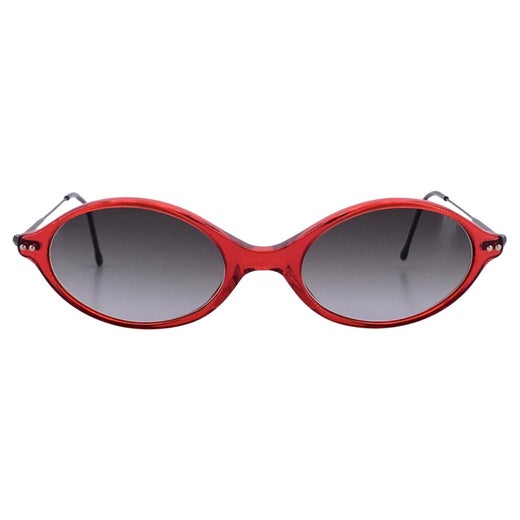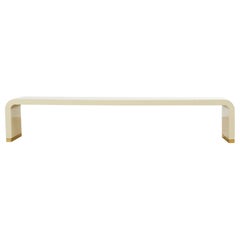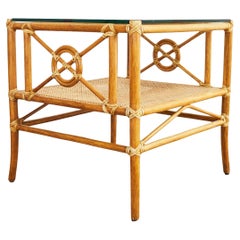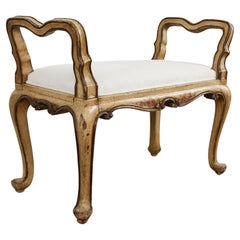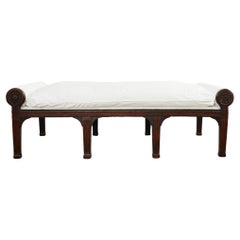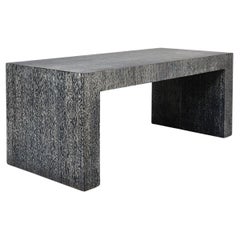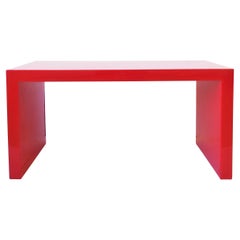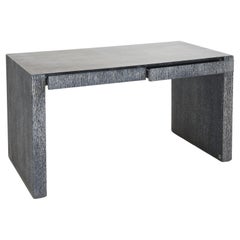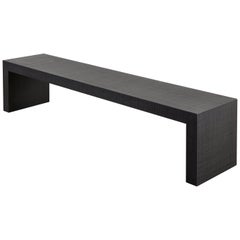
Giorgio Armani Casa Ebonized Cocktail Table or Bench
View Similar Items
Giorgio Armani Casa Ebonized Cocktail Table or Bench
About the Item
- Creator:Armani Casa (Maker),Giorgio Armani (Designer)
- Dimensions:Height: 17.25 in (43.82 cm)Width: 79 in (200.66 cm)Depth: 17.25 in (43.82 cm)
- Style:Post-Modern (In the Style Of)
- Materials and Techniques:
- Place of Origin:
- Period:
- Date of Manufacture:Late 20th Century
- Condition:Wear consistent with age and use. Excellent joinery and craftsmanship with age appropriate wear. Minor touch-ups and small repairs that are difficult to see as seen in photos.
- Seller Location:Rio Vista, CA
- Reference Number:1stDibs: LU1555220373012
Giorgio Armani
Fashion may be a fluid industry that evolves with the times, but few designers were gutsy enough to break with the norms and endeavor to revolutionize it the way Piacenza, Italy, native Giorgio Armani did.
When he established his brand with his personal and professional partner, architect Sergio Galeotti, in 1975, Armani created jackets, evening dresses and other clothing that sharply departed from the form-fitting designs that his competitors were producing. Working with a subdued color palette and light fabrics, Armani instead pioneered power dressing. By the early 1980s, the designer was lauded for his sleek but relaxed-fit shirts in washed greens and beige tones for men and elegant, broad-shouldered suits for career-minded women. His collections were intended to fit naturally but confer a sense of confidence on the wearer, and the designs were just as luxurious as the garments that were gliding down Milanese catwalks at the time.
Armani, a shipping manager’s son, spent his childhood wanting to become a doctor, and he even studied medicine briefly at the University of Milan before dropping out and joining the army. In the late 1950s, he was hired as a window dresser at the Milan department store La Rinascente before moving into the role of menswear buyer. When he realized that his calling was in fashion design, not buying, he left La Rinascente to train at Nino Cerruti’s atelier and eventually began to take on what became a wealth of freelance design work.
At Galeotti’s urging, Armani opened his own design office in 1973, and two years later, he established his eponymous label of ready-to-wear for both men and women that challenged fashion’s traditional silhouettes and the conventions of tailoring.
“I was the first to soften the image of men and harden the image of women,” Armani has said of his early years. The designer dressed men in soft textures such as silk and linen that were traditionally relegated to feminine garments and designed power suits for women — an audacious and undeniably androgynous take on high fashion that was well received by critics. He won the Neiman Marcus Fashion Award in 1979 and launched a diffusion line called Armani Collezioni that year. While his collections for men and women gained legions of admirers in Europe, it wasn’t until the premiere of the film American Gigolo — featuring heartthrob Richard Gere exclusively outfitted in a crisp, sleek and sexy Armani wardrobe — that the brand took off in the United States.
Until his passing in 2025, Armani was still designing ready-to-wear collections, and the luxury house had also expanded over the years into home decor, hospitality and more. In February 2020, at the onset of the Covid-19 crisis, Armani was the first fashion house to close its runway shows to the public in order to limit exposure. In early 2022, the brand was among the first to cancel men’s and haute couture shows scheduled in January.
Find vintage Giorgio Armani clothing on 1stDibs.

Erin Lane Estate is based in the San Francisco Bay Area, and its team of furniture restorers, art curators, professional appraisers and Asia specialists sources prime vintage and antique furniture from the finest estates in Northern and Southern California. Erin Lane Estate specializes in Hollywood Regency, McGuire, Chinese and Japanese pieces.
More From This Seller
View All20th Century American Mid-Century Modern Console Tables
Brass
20th Century American Organic Modern Side Tables
Leather, Cane, Rattan, Glass
Antique 19th Century French French Provincial Benches
Fabric, Wood
Antique 19th Century French Napoleon III Daybeds
Fabric, Walnut
21st Century and Contemporary American Neoclassical Benches
Iron
20th Century American Modern Console Tables
Goatskin, Wood, Parchment Paper
You May Also Like
1990s Italian Mid-Century Modern Benches
Wood
Vintage 1980s American Post-Modern Coffee and Cocktail Tables
Granite
Late 20th Century Unknown Post-Modern Coffee and Cocktail Tables
Acrylic, Resin, Lucite
1990s Italian Mid-Century Modern Desks and Writing Tables
Wood
Vintage 1960s Dutch Mid-Century Modern Coffee and Cocktail Tables
Wenge
2010s American Minimalist Benches
Steel
